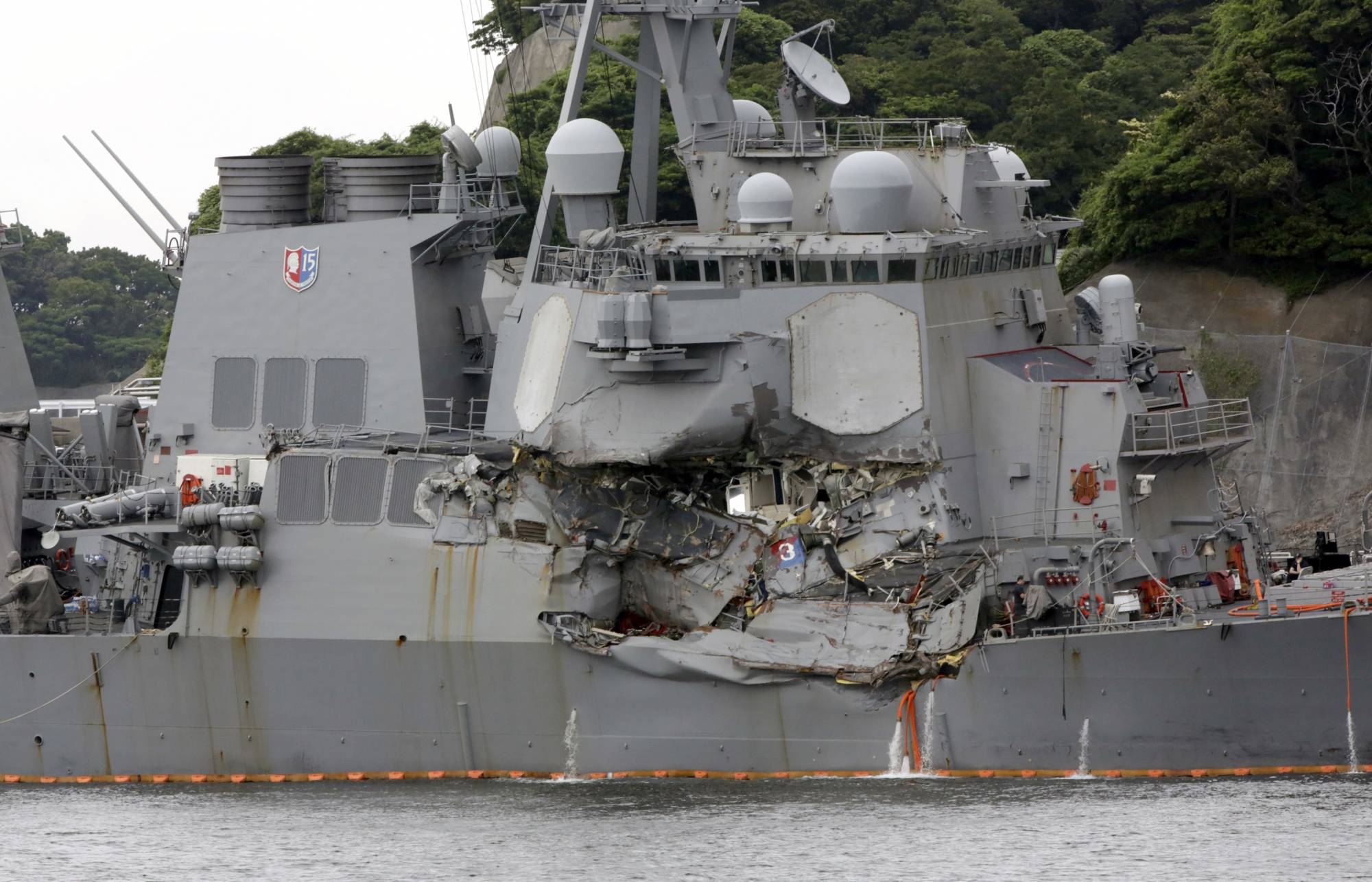

The newly elevated command is working with service leaders to bolster risk mitigation.
Best listening experience is on Chrome, Firefox or Safari. Subscribe to Federal Drive’s daily audio interviews on Apple Podcasts or PodcastOne
In recent years, the Navy struggled with a handful of accidents that led to the death of sailors and damage to expensive warships.
The collision between the USS Fitzgerald and a commercial ship in 2017, which killed 17, was an alarm bell for the Navy.
Since then, after multiple reviews and Congressional investigations, the Navy is changing its approach to safety and in March elevated its Navy Safety Center to the 2-star-led Navy Safety Command.
Now, that command is implementing new policies that it thinks will reduce fires, stop the frequency of collisions and save lives.
In August, the command announced updates to its missions, authorities and tasks that it thinks will help identify hazards and reduce risk.
One of the biggest changes is that NAVSAFECOM now has the ability to conduct no-notice safety inspects and assessments.
“My relationship to the chief naval officer as a special assistant has been reinforced in our new missions, functions, tasks, and specifically, what you’ll see is Naval Safety Command has been granted the authority to compel corrective action to echelon commanders,” Rear Adm. Christopher Engdahl, NAVSAFECOM chief, told Federal News Network.
NAVSAFECOM deals mostly with echelon two and three commands, like numbered fleet commands.
“We know we have risk,” Engdahl said. “Risk doesn’t go away. We need to ensure that it resides at the correct echelon, that those echelons understand it and can mitigate it. We need to ensure that risk resides where it can best be handled.”
The Navy is giving NAVSAFECOM enforcement powers through its ability to inspect ships at the drop of a dime.
The command formed an assurance directorate, which is made up of about 30 senior military and civilian officials.
“They’re able to go out to the echelon two and echelon three commanders, do assessments, and then generate for the commanders where their risk lies, where they may not be resilient, and management of that risk,” Engdahl said. “They have the authority if necessary, to go to an echelon commander and say, ‘You have to stop this activity, because the procedures and processes you have in place aren’t sufficient to manage the correct risk and the danger that exists.’”
NAVSAFECOM will be working with commanders to ensure they have things like proper command and control, risk mitigation and authorities.
Engdahl said that as these new responsibilities come into place, he hopes the Navy can change its culture to further embrace safety and reduce incidents.
“The second piece is to instill some discipline in the execution of our assessments across all echelons,” he said. “The last goal is we need to be transparent and deliberate in our assessment, across all echelons. I need to be able to report the best practices that have been identified. But best practices aren’t sufficient for NAVSAFECOM. This is not just an assessment of safety professionals that will come to your ship or come to your command and tell you ‘You’re not very resilient in managing risk because we feel that’s the case.’ We need a deliberate assessment piece, a disciplined approach in the execution of how we do this.”
Copyright © 2025 Federal News Network. All rights reserved. This website is not intended for users located within the European Economic Area.
Scott Maucione is a defense reporter for Federal News Network and reports on human capital, workforce and the Defense Department at-large.
Follow @smaucioneWFED
